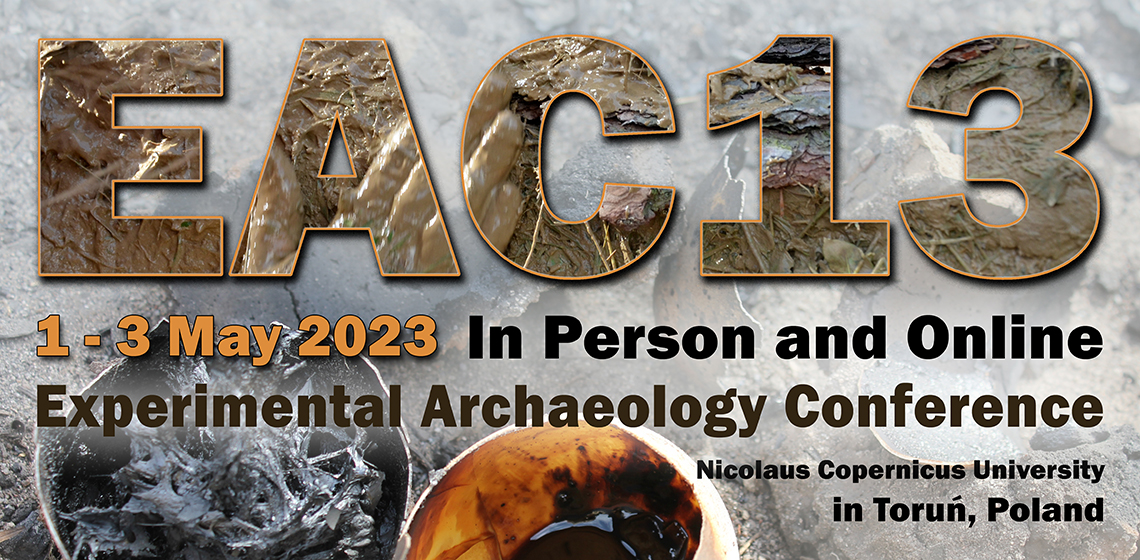I have submitted and had accepted a presentation (with formal paper to follow)
for this year's Experimental Archaeology conference, EAC-13
“Look at the Bones!” - Adding bone in a
bloomery iron smelt
A case study of a practical experimental test.
Through 2019, much was made in the popular press suggesting that during the Viking Age, exhumed human bone had been used in the chain of production from iron ore through to finished swords. Contradicting this, considerable experience with small scale direct reduction process bloomery iron smelting furnaces indicated that at least while creating the iron itself, the effect of adding bone would be minimal, if any. To establish what kind of physical traces that might remain if quantities of bone were added during smelting, in June 2020 a full furnace build and firing was undertaken with a range of animal bones added, then the resulting debris field recorded.
The concept, design and implementation of this experiment is discussed, and how limits on methods, instrumentation and analyzing results shaped the final conclusions. This discussion suggests how even a simple experiment, if carefully recorded, can add to the body of available knowledge, and may prove insightful both educators and other investigators.
Paper – presented as video of narrated slides (prepared for internet, Q & A via ZOOM)
Tuesday May 2
Session 9 B 1
16:00 (local) = 10 am EST (Ontario)
Q & A (via Zoom)
17:30 – 18:00 (local) = 11:30 – noon EST
This will be a more formal version of the descriptions posted earlier about this June 2020 experiment - seen on the iron smelting documentation :






















No comments:
Post a Comment